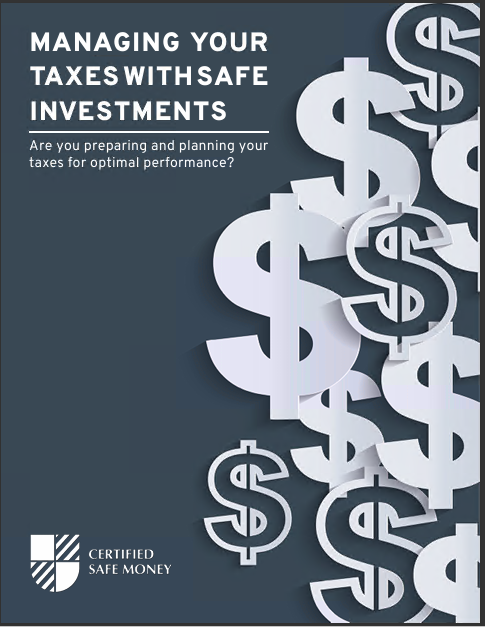There are several factors to consider before buying an immediate annuity, including your age and your financial situation. However, you can frequently identify different types of immediate annuities. Therefore, you need at least a fundamental understanding of these classifications to choose the type best suited to your retirement plan.
Initially, annuities are sorted by the type of returns they guarantee. Depending on the data type, this could be a constant, a variable, or an index. A second way to categorize annuities is by the length of time they are paid out. Traditional annuity payouts may extend over a person’s lifetime or a set number of years.
Without a doubt, things can become incredibly murky in a hurry. Now, let’s dive deeper into the various kinds of annuities available.
Term Immediate Annuities
Income security is not necessary for everyone. Despite this, having a reliable income over the next five to 20 years would make it possible for them to pay off their credit card debt and medical bills. On the other hand, maybe all you need is a little time to set things up so that you can rely on your pension or Social Security when the time comes.
In this case, a term annuity would be the wisest financial move. Similarly to other annuities, the premium is paid all at once. In return, you’ll get money over time. Typical contract lengths are between five and twenty years.
There will be no further payments after the term expires. Your beneficiary will receive the payment from the annuity provider if you pass away during the payment period.
Term immediate annuities are available to those who require a steady stream of income for a predetermined time frame. They can also use them to pay premiums on a life insurance policy, which usually calls for a steady source of income to pay the premiums.
Index Immediate Annuity
This annuity is a cross between a variable and a fixed one, hence the name. You will receive payments based on the performance of a market index, such as the S&P 500. Like with variable annuities, you can count on a larger payout when the underlying index does well. However, if the index falls, so will your payments.
In addition, potential gains and losses are capped and otherwise factored into immediate index annuities. There is consequently less swinging up and down in value than there would be with a variable annuity. The result is that your earning potential is reduced even in good economic times. However, the rough patches won’t hurt as much as they used to.
The potential for loss on immediate annuities is typically capped as well. As a result, your initial index annuity investment is safe.
Fixed Immediate Annuities
This sort of annuity functions like a certificate of deposit. In exchange for a one-time payment, you get regular payments. With a fixed immediate annuity, you’re not taking any chances with the market like a variable annuity. As a result, the annuity payment can be made with greater confidence.
Of course, fixed annuities are not without their drawbacks. A fixed annuity, in general, will yield lower rates of return. Additionally, you cannot use your capital better because it is tied to a single interest rate. Finally, inflation can erode the purchasing power of your money.
On the other hand, you can rest assured that your income will be secure and safe from the whims of the market.
Lifetime Immediate Annuities
If you’re interested in this, can you get payments for the rest of your life? An annuity that lasts a person’s entire life is also an option.
As the name suggests, this contract entitles the buyer to ongoing payments for the rest of their lives. A joint annual annuity would provide both of you with lifetime income.
The annuity payments under a joint life policy will continue for as long as either of you is alive. An immediate lifetime annuity provides a steady income in retirement, whether you’re living together or apart. Because it covers two lives, the odds that you’ll both live long and happy lives are increased.
Variable Immediate Annuities
The rate of return, or payout, of a variable annuity is tied to the performance of the underlying markets. As a result, they are similar to retirement and savings accounts such as 401(k)s and IRAs. It is possible to purchase a variable annuity with a single sizable payment. After that, you’ll decide which of the available subaccounts you want to put money into. Mutual funds, which function similarly to subaccounts, typically include stock, bond, and money market investments. Therefore, if your investments do well, so will your annuity payout. The inverse is true: if you put your money into risky investments, your annuity payouts will go down.
Variable annuities can grow in value over time. These annuities have historically outpaced inflation and are tax-deferred. The risk of financial loss remains, and there is no safeguard against untimely demise.
Consider a variable annuity if you are comfortable with volatility in the short term. A diversified portfolio would lessen the severity of the loss in the event of a market downturn.












